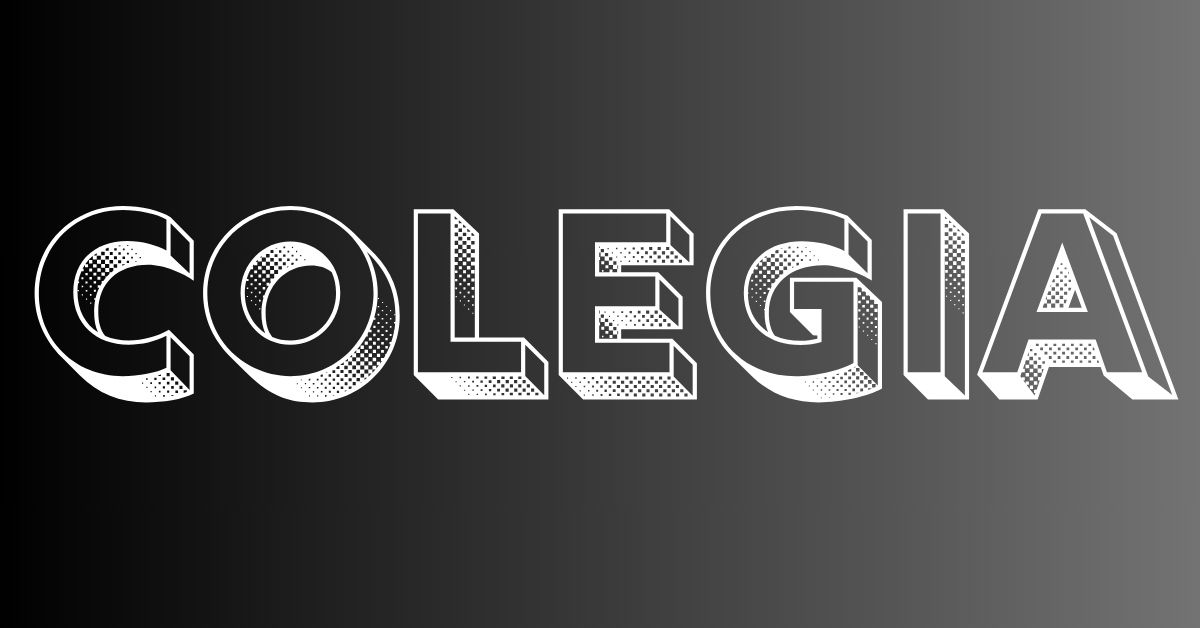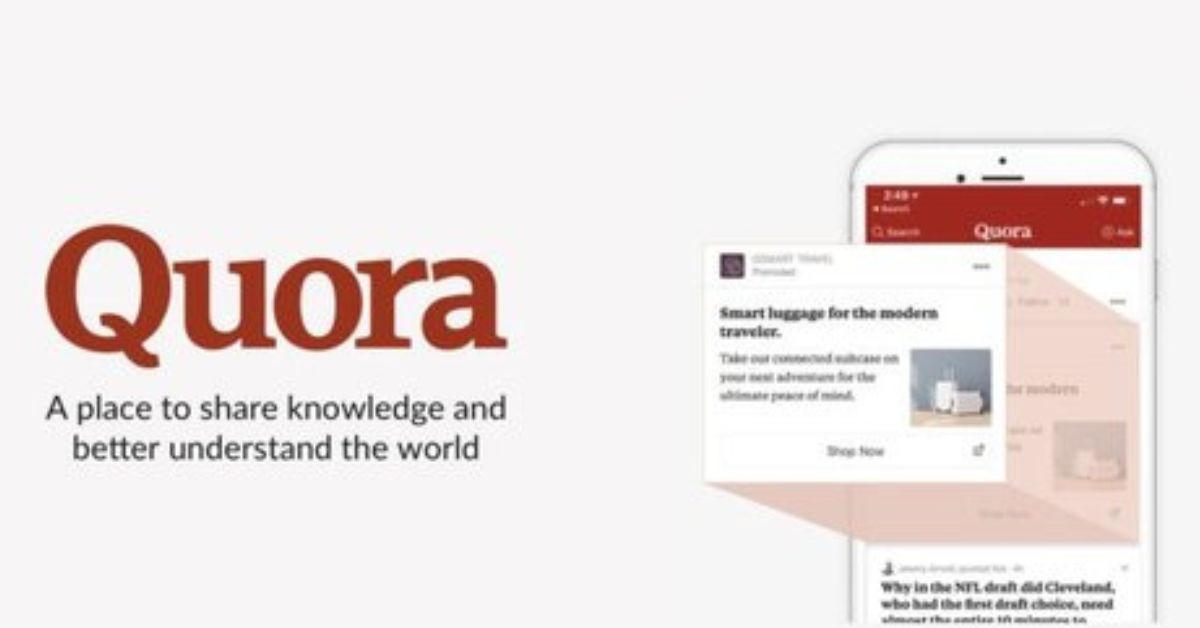An ISBN (International Standard Book Number) is a unique identifier that distinguishes your book from millions of others in the marketplace. Whether you are self-publishing or using traditional methods, obtaining an ISBN number is a crucial step to ensure that your book can be sold, tracked, and found by retailers, libraries, and readers. Let’s cover the essentials of how to get an ISBN number for your book in 2024.
What Is an ISBN?
An ISBN number is a global identifier used to classify books by edition, format, and publisher. It ensures that each version of your book can be easily tracked, sold, and cataloged.
Why Do You Need an ISBN?
An ISBN number is essential if you plan to sell your book through online retailers, bookstores, or distribute it to libraries. It makes it easier for these organizations to identify, list, and manage your book. Without an ISBN, your book may be difficult to sell in mainstream markets.
How to Get an ISBN for Your Book in 2024
1. Find the ISBN Issuing Agency for Your Country
Each country has a designated agency responsible for issuing ISBNs. The first step in obtaining an ISBN is identifying the official ISBN authority in your country. A simple online search will lead you to the appropriate agency where you can apply for your ISBN.
2. Determine How Many ISBNs You Need
You will need a separate ISBN for each format or edition of your book. For instance, a paperback, ebook, hardcover, and audiobook would each require a unique ISBN. Before purchasing or applying for an ISBN, think about the formats you will release and get enough ISBNs for each.
3. Create an Account with the ISBN Agency
Once you’ve identified the correct agency, you’ll need to register for an account on their website. This typically involves providing basic information such as your name, contact details, and the title of your book.
4. Purchase or Request the ISBN
After registration, you can purchase or request your ISBN. Some countries provide ISBNs for free, while others charge a fee. Depending on the agency, you may be able to buy ISBNs individually or in bulk if you plan to publish more than one book or different editions.
5. Assign the ISBN to Your Book
Once you have the ISBN, assign it to the specific format of your book. The ISBN should be included on the copyright page for print versions and in the metadata for ebooks. It is also standard to place the ISBN on the back cover of printed books alongside the barcode.
6. Complete Your Book’s Metadata
An ISBN is more than just a number; it includes important metadata about your book. Once your ISBN is assigned, make sure you fill out the necessary details in the system, such as:
- Book title
- Author name
- Publisher name (for self-publishers, this will be your name or the name of your publishing entity)
- Publication date
- Format (paperback, ebook, etc.)
- Price and currency
Providing this information ensures that your book is properly cataloged by retailers and libraries.
What If You’re Using a Self-Publishing Platform?
Some self-publishing platforms offer free ISBNs as part of their publishing services. However, these ISBNs typically make the platform the “publisher of record” and may limit your control over your book. If you want complete ownership and flexibility in how and where you sell your book, it is usually better to obtain your own ISBN.
How Long Does It Take to Get an ISBN?
The timeline for obtaining an ISBN can vary. In many cases, the process is instant or completed within a few hours after registration. However, in some cases, particularly in countries where ISBNs are issued by government organizations, the process could take a few days.
Costs of ISBNs in 2024
The cost of an ISBN depends on the country and the issuing agency. In some countries, ISBNs are free, while in others, you may need to pay for them, especially if you purchase multiple ISBNs for different formats or books.
Conclusion
Obtaining an ISBN number in 2024 is a straightforward process, but an important one if you plan to sell your book through traditional or online retailers. By following these general steps, you can ensure that your book is ready to be sold, tracked, and cataloged in markets across the world. Whether you’re self-publishing or using a traditional publisher, having an ISBN number is a key part of getting your book into the hands of readers.
FAQs
Q1: Can I use one ISBN for all formats of my book?
No, each format (e.g., paperback, ebook, audiobook) requires its own unique ISBN.
Q2: Do I need an ISBN for ebooks?
Yes, if you plan to sell your ebook through major retailers, you will need an ISBN. Some platforms may provide a free identifier, but using your own ISBN gives you more control.
Q3: How many ISBNs do I need if I have multiple editions of my book?
Each edition and format requires a unique ISBN. For example, a paperback, ebook, and hardcover would each need a separate ISBN.
Q4: How long does it take to get an ISBN?
In many cases, the process is instant, but it may take a few days depending on your country and the agency.
Q5: Can I reuse an ISBN?
No, once an ISBN is assigned to a specific edition of your book, it cannot be reused or transferred to another edition or book.












